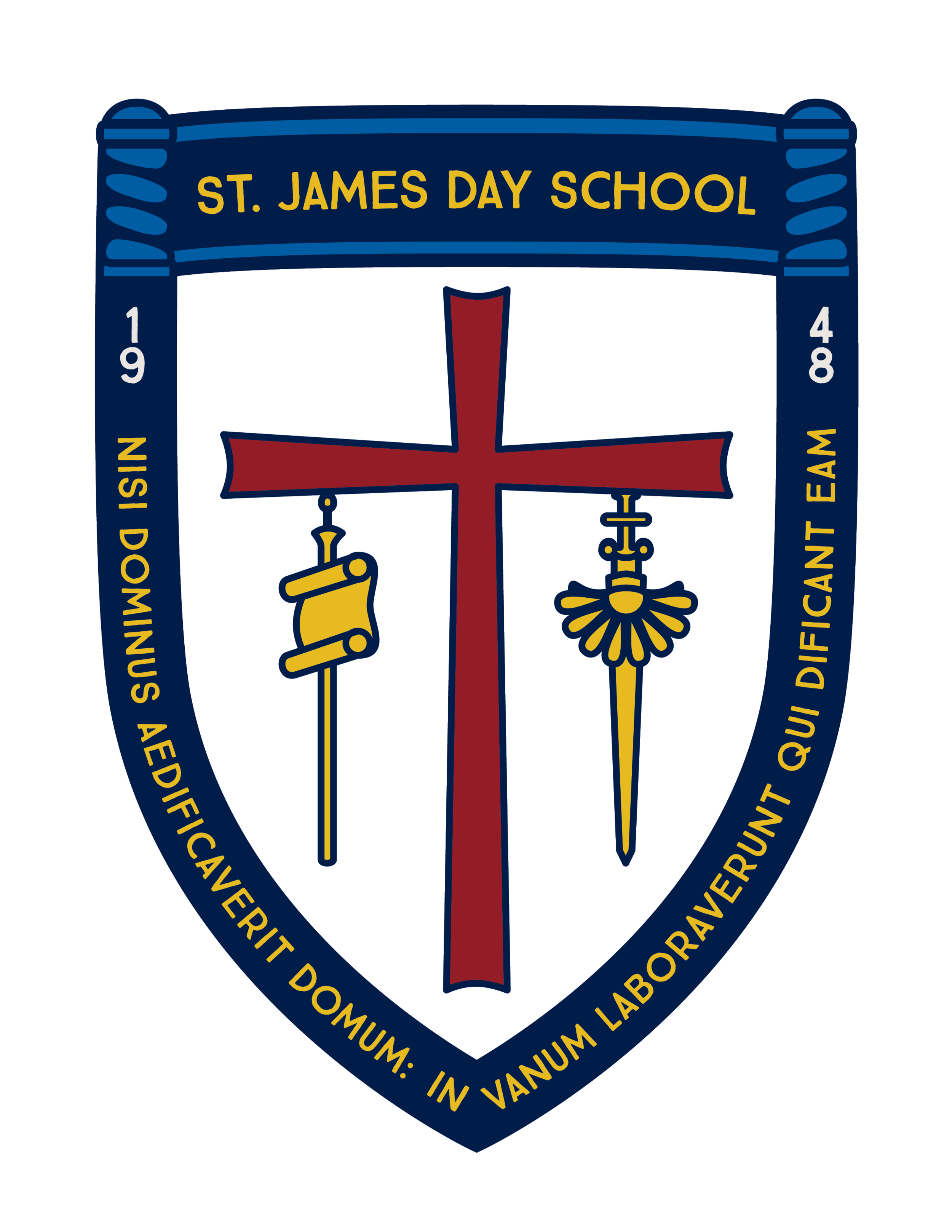I hope everyone had a wonderful Christmas. Before our Christmas Break, the students enjoyed our Grinch themed party and a visit from Santa.
Not only did we start a new year, we started our new study about buildings. This study features five investigations that we will explore. The investigations offer children an opportunity to learn more about the characteristics and features of buildings, the people who build them, and the role buildings play in our communities. Each investigation will help children explore science and social studies and strengthen their skills in literacy, math, technology, and the arts. This week the boys and girls worked together in groups to build a city. They used legos, blocks, and magna-tiles.
One of our focus questions was, “Which would you use to build your house: straw, sticks, or bricks?” Each student had a chance to vote and tell the class what material they would use and why. We tallied our answers and then read the book, The Three Little Pigs. After reading the story, we discussed each house and the definition of the word “collapse.”
After the boys and girls observed 2 boxes with different items in them, I asked “Which has more, the box with the beads or the box with the bears.” Each student recorded their answer by placing a mark under beads or bears. We then counted the items to see whose prediction was correct.


















































































